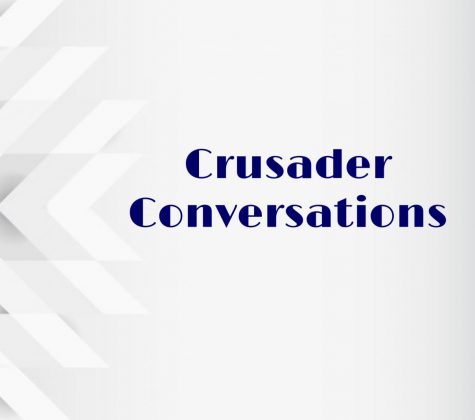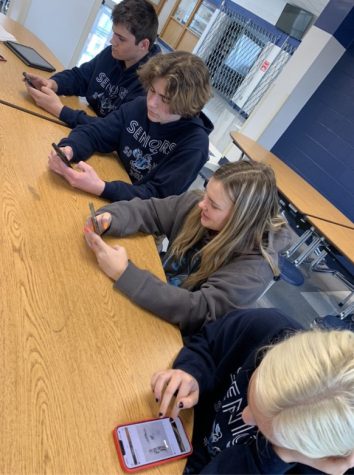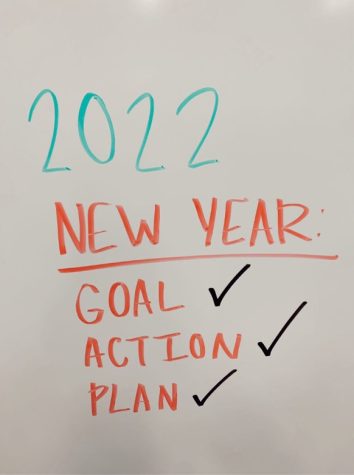Importance Of Fact-Checking News In Modern Society
Covington Catholic teen Nick Sandmann during the Pro-Life March on Washington, D.C.
In the age of social media, breaking news takes on a whole new meaning as everyone joins in the race to get a story to the screens first. Always trying to be the first to break a story has its definite drawbacks, and the importance of having all the facts and the full story has often been overlooked. With reputation, defamation and even potential lawsuits on the line, what is really at stake when making sure the news isn’t “fake?”
News outlets have a far greater responsibility than what can be perceived. The stories they publish are often the public’s only window into a situation, and the opinions and arguments the public make about a story are almost entirely determined by what they have read or seen in the news. The public is dependent on news sources to provide accurate, unbiased and fact-checked stories. When sources of news do not live up to these standards and stories are published with bias or inaccurate information, there are definite consequences.
Inaccuracy in news has even become a large piece in the political playing field, as various liberal media sources have been deemed “Fake News” by opposing parties. This undesirable nickname was coined by conservative media to criticize the bias and inaccuracies allegedly found in liberal news sources such as The Wall Street Journal and CNN. While such a title can sometimes be dismissed as a simple politically-charged catchphrase, the publishing of “fake news” has proven to have very real repercussions for many sources.
A recent example of said repercussions is the Covington Catholic controversy which took place at the 2019 March for Life this January. A picture hit the internet on January 18 of 16-year-old Nick Sandmann standing in front of an indigenous man, smiling slightly, while surrounded by his Covington Catholic High School peers wearing “Make America Great Again” caps. The out-of-context video accompanying the picture was initially perceived to show Sandmann and the other Covington students as blocking Native American activist Nathan Phillips’ path, laughing and mocking him as he sang and beat a drum.
Immediately, Sandmann and Covington Catholic were thrown into a blazing fire of social media outrage, articles and news stories depicting the confrontation as discriminatory, hateful and racist. However, these initial stories were not fact-checked, and resulted from politically and socially charged knee-jerk reactions. Longer videos were released, showing Phillips approaching the boys, rather than the opposite, and a more complete picture of how the confrontation developed, including how the Covington students were mocked by a third group of demonstrators just prior. Sandmann and his family are now suing The Washington Post for $250 million in damages, claiming it targeted and defamed him for political agenda.
The Sandmann controversy is just one example proving the importance of fact-checking and confirming a story before publishing it. The media and news hold the responsibility to inform the public in a manner that is unbiased and accurate. It is when these standards are not lived up to that the news is no longer believed.

Grace Wallis is a senior at St. Dominic High School. She is an avid member of theatre, Mock Trial, Model UN, YAG, Ambassadors, and NHS. She plans on majoring...








